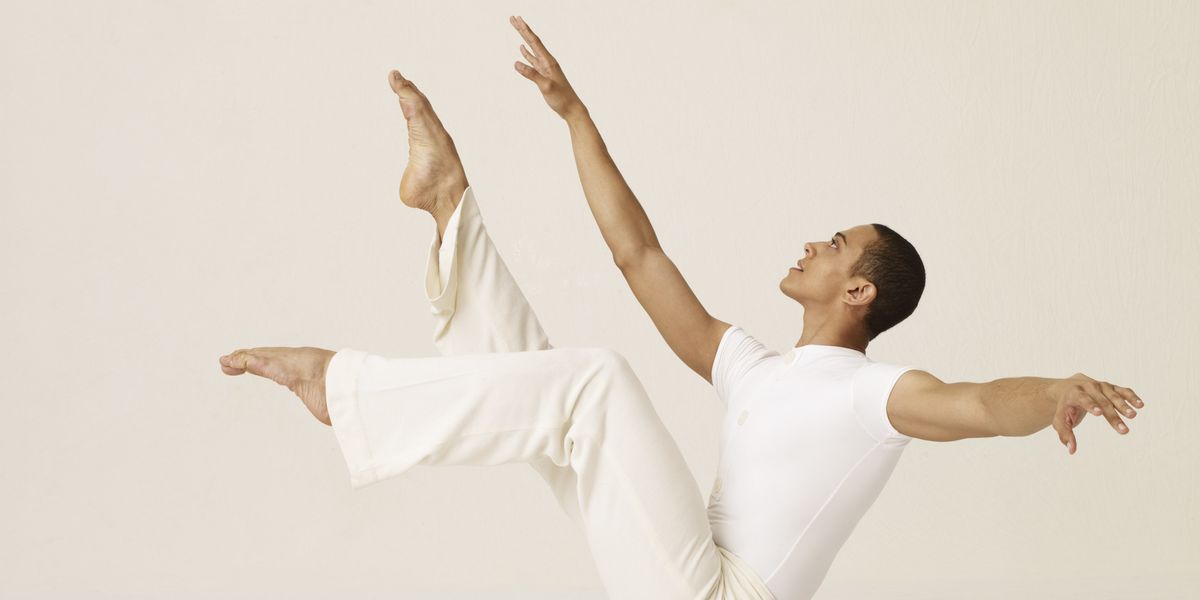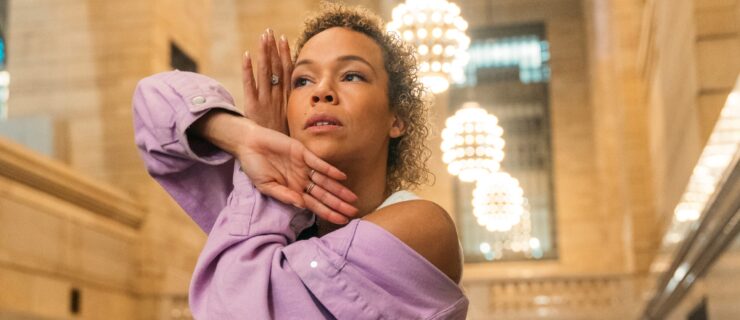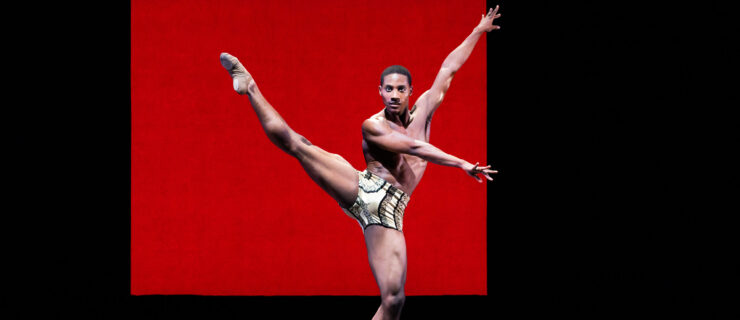This Ailey Dancer Made a New Work for The Washington Ballet
Onstage, Clifton Brown is a force of nature. The Alvin Ailey American Dance Theater dancer joined the celebrated company at 19, in 1999. In 2011, he left to dance with Jessica Lang Dance and Lar Lubovitch Dance Company before returning to Ailey last year. Brown has been trying his hand at choreography on the side, but this week his first larger work—a commission from The Washington Ballet artistic director Julie Kent—premieres on a program of new works by choreographers who still perform.
Brown will take a day or two away from the Ailey company’s rigorous tour schedule to see TWB dancers perform his Menagerie, danced to Rossini’s Duet for Cello and Double Bass in D Major, at Washington, D.C.’s Harman Center for the Arts. We caught up with him last week in Chicago.
You’ve spent your career on stage. Not every dancer wishes to choreograph. What led you to try it?
For a very long time I wasn’t very interested in choreographing. My partner, Earl Mosley, is a choreographer and he runs workshops where he invites different people to set work on the students for the final program. He asked me many, many times to do a piece. My response was, “No. I’m not a choreographer.” Finally, a couple of years ago he wore me down. The experience was good and I liked the outcome, so I said I would do this again if I got the chance. After that I did a few small projects for different workshops and pre-professional ballet students, like the Manhattan Youth Ballet.
How did you connect with The Washington Ballet?
Four years ago Jessica created a duet for Julie Kent and me. That’s how we became acquainted. After that, as the new director at The Washington Ballet, she called me to get my opinion—I understand she was contacting a number of different dancers for their thoughts. She said, “If there is anything you’d like to offer…” I told her I did some choreography but hadn’t done anything professional yet. I didn’t think much of it because most of my choreography was not very classical. But she said if I had anything, she’d like to see it. And here I am.
Throughout your career you’ve performed works by a wide variety of choreographers. Has working with so many different choreographers helped you discover your own artistic voice?
I’m still learning my own voice because I haven’t had that many choreographic experiences. I’ve learned different things from different people. Working alongside Jessica, as her rehearsal director, I learned a lot about process. I don’t work in the same way, but I learned about having a process and about creating work. I find that each piece is a learning experience.
Who are the choreographers you admire?
I’m hesitant to narrow it down. Jessica’s work is so beautiful and well structured, and there’s so much attention to the whole—sets, lights, the entire view. And Lar’s work is so organic, so natural to watch, and feels so good to dance. Earl’s work is so full of heart and no matter who performs it, you see him shine. And then from the work I do in the Ailey company, I’ve learned from the simplicity of Alvin’s work.
What inspired you to create
Menagerie?
I started with the music. I liked the feeling that there are moments of brightness, but also quirkiness in the score. I love that the middle section has a little more heart. Then the second half of the movement has a jazzy, bass-y sound, which evokes images for me. I have six men and four women. It’s a loose idea, a collection of people who are on display: First, they’re being watched, and in the last section it’s the opposite—the dancers notice the audience is out there.
Though you trained in ballet as a youngster, you’ve spent your career immersed in modern dance. How did you navigate your approach to movement invention for a ballet company?
I was trying to meet them halfway. The piece is rather classical in terms of movement vocabulary but it’s not typical classical lines. I’m a little more free; a lot is based on a mixture of movement that feels good to me. But I know what they’re accustomed to. I didn’t have much time—two weeks, then I came back for another week. So I came in with some things prepared—a notebook of steps and phrases—right after Ailey’s European tour. Fana Tesfagiorgis was my choreographic assistant and she’s an Ailey company member. I was able to work with her on the road a bit so I could see some movement.
Will we see a Clifton Brown work on the Ailey company in a few years?
I don’t know. The Washington Ballet opportunity just fell in my lap. I grew from it. It was something challenging; it’s like that saying, you need to do something scary every day. I don’t think it should just happen because I’m with the company. I’m taking things as they come. It’s not something I’m going to push.




